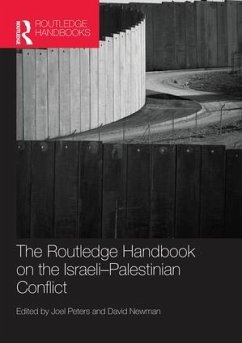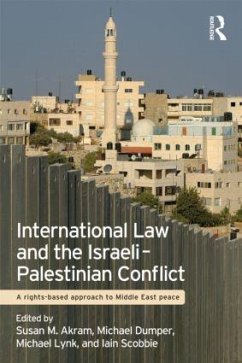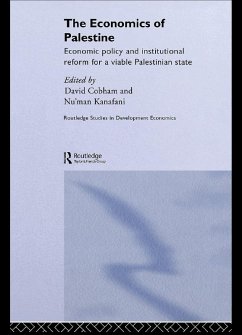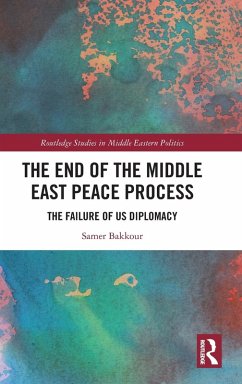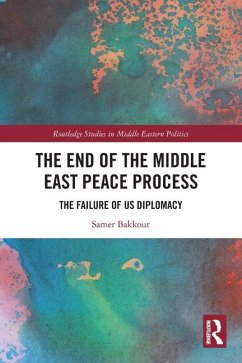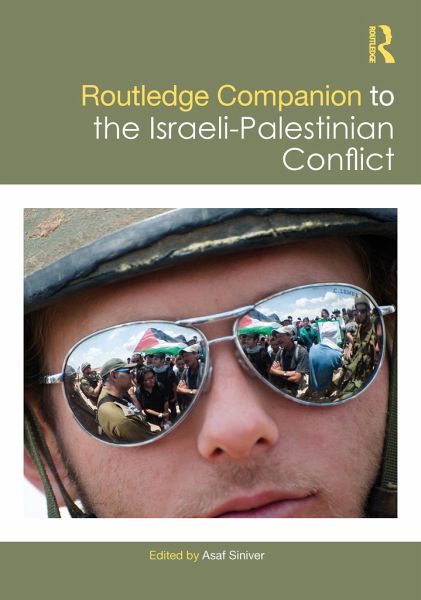
Routledge Companion to the Israeli-Palestinian Conflict
Versandkostenfrei!
Versandfertig in 6-10 Tagen
207,99 €
inkl. MwSt.
Weitere Ausgaben:

PAYBACK Punkte
104 °P sammeln!
This Companion explores the Israeli-Palestinian con ict from its inception to the present day, demonstrating the depth and breadth of the many facets of the con ict, from the historical, political, and diplomatic to the social, economic, and pedagogical aspects. The contributions also engage with notions of objectivity and bias and the difficulties this causes when studying the con ict, in order to re ect the diversity of views and often contentious discussion surrounding this con ict.The volume is organized around six parts, re ecting the core aspects of the con ict:historical and scholarly c...
This Companion explores the Israeli-Palestinian con ict from its inception to the present day, demonstrating the depth and breadth of the many facets of the con ict, from the historical, political, and diplomatic to the social, economic, and pedagogical aspects. The contributions also engage with notions of objectivity and bias and the difficulties this causes when studying the con ict, in order to re ect the diversity of views and often contentious discussion surrounding this con ict.
The volume is organized around six parts, re ecting the core aspects of the con ict:
historical and scholarly context of the competing narrativescontemporary evolution of the conflict and its key diplomatic junctureskey issues of the conflictits local dimensionsinternational environment of the conflictthe "other images" of the conflict, as reflected in public opinion, popular culture, the boycott, divestment and sanctions (BDS) movement, and academia and pedagogy.
Providing a comprehensive approach to the Israeli-Palestinian con ict, this companion is designed for academics, researchers, and students interested in the key issues and contemporary themes of the con ict.
The volume is organized around six parts, re ecting the core aspects of the con ict:
historical and scholarly context of the competing narrativescontemporary evolution of the conflict and its key diplomatic junctureskey issues of the conflictits local dimensionsinternational environment of the conflictthe "other images" of the conflict, as reflected in public opinion, popular culture, the boycott, divestment and sanctions (BDS) movement, and academia and pedagogy.
Providing a comprehensive approach to the Israeli-Palestinian con ict, this companion is designed for academics, researchers, and students interested in the key issues and contemporary themes of the con ict.





